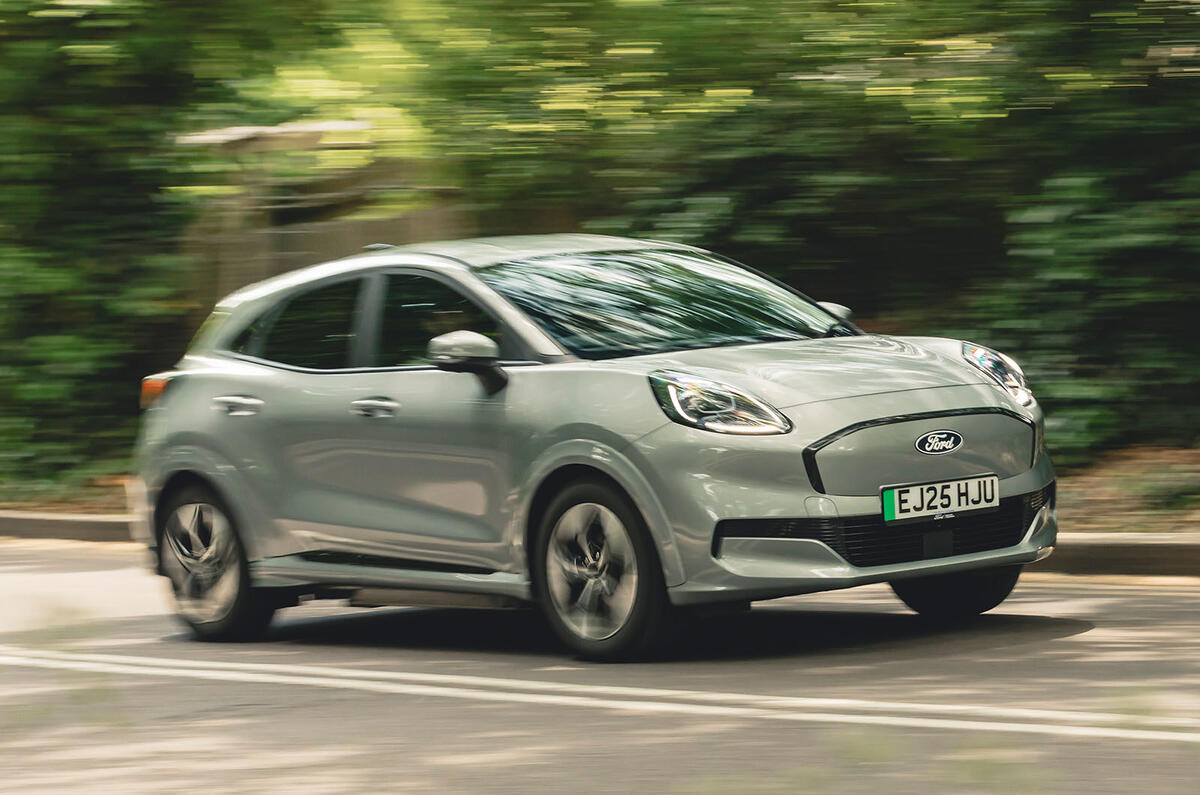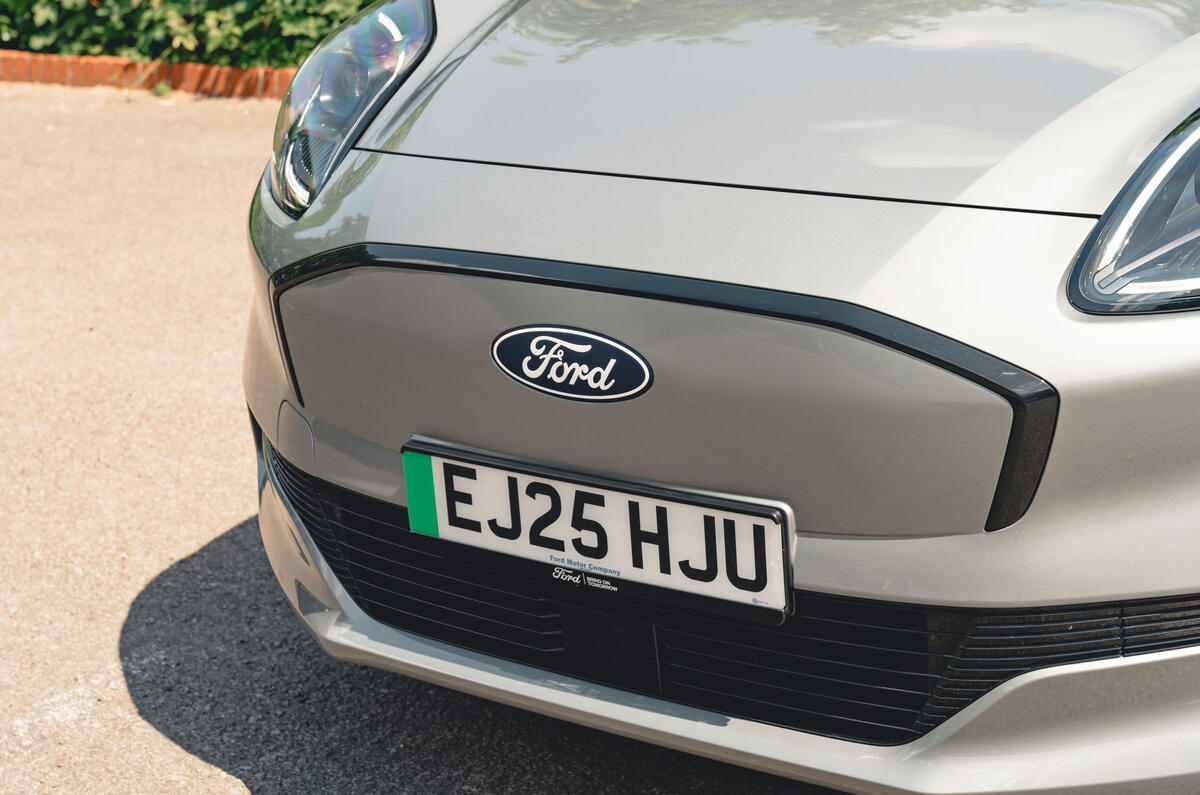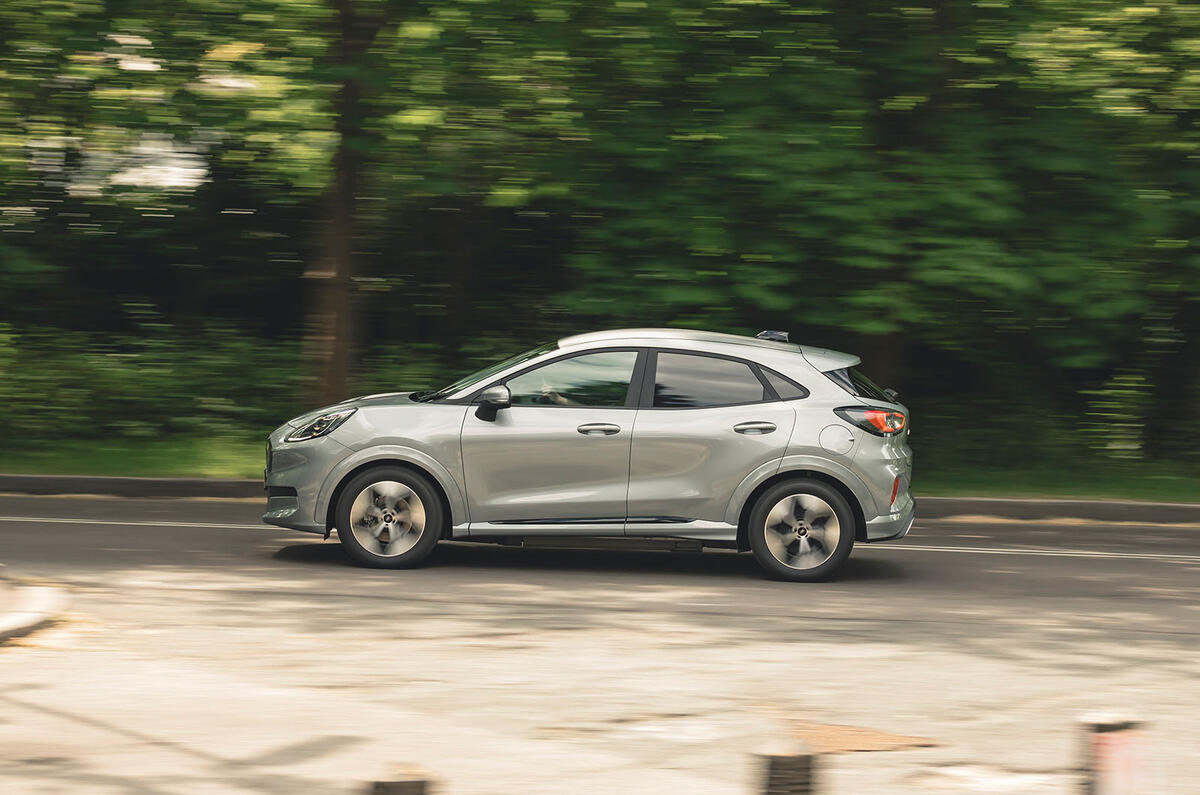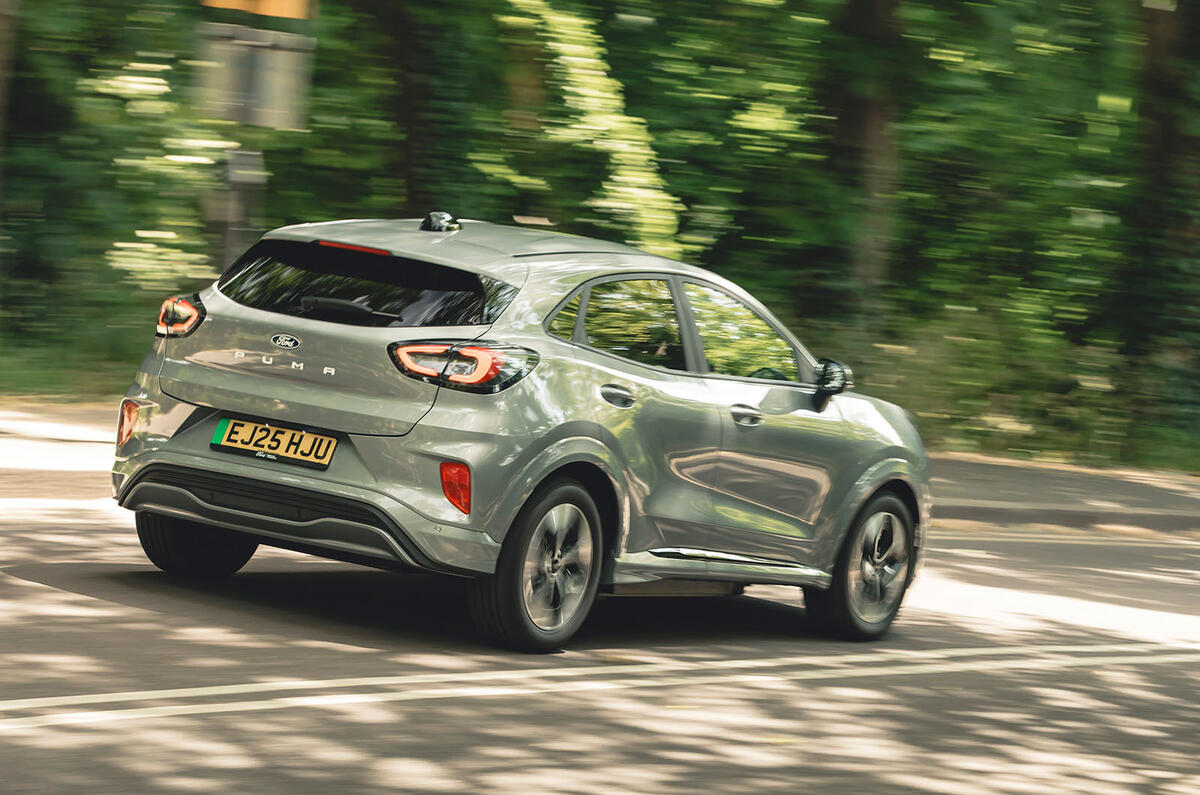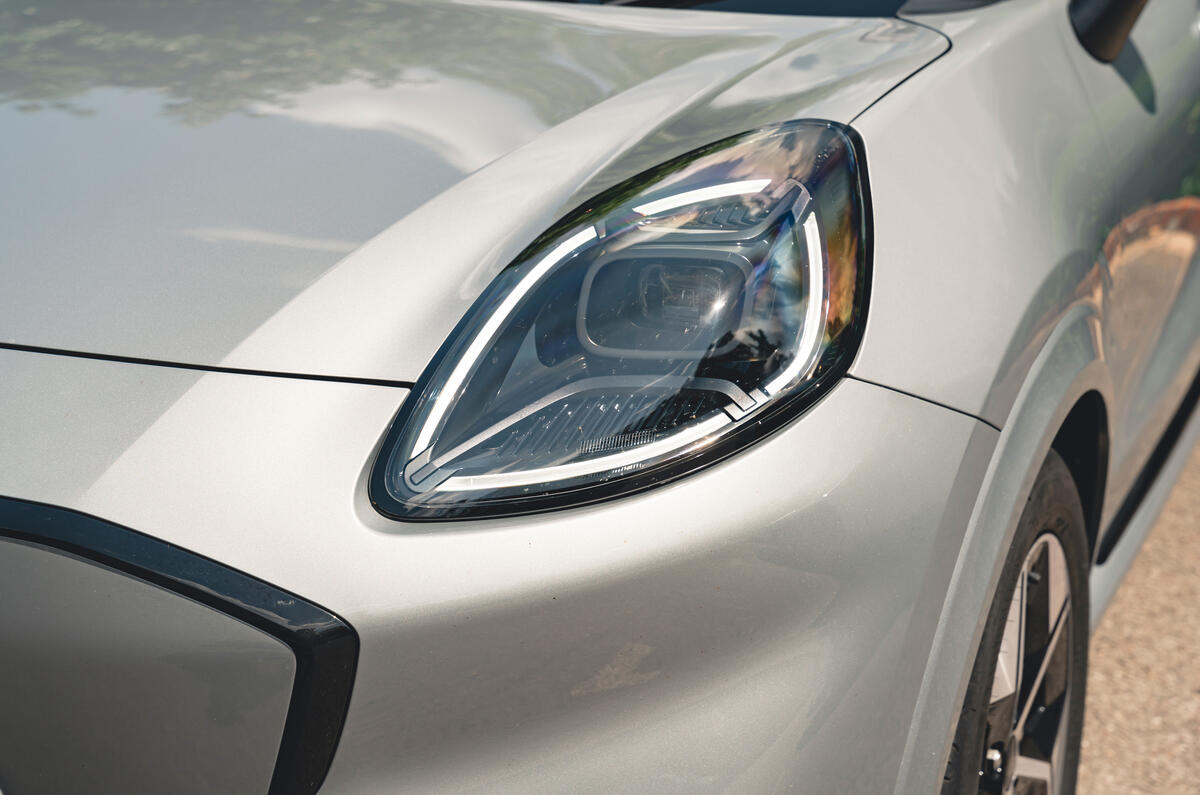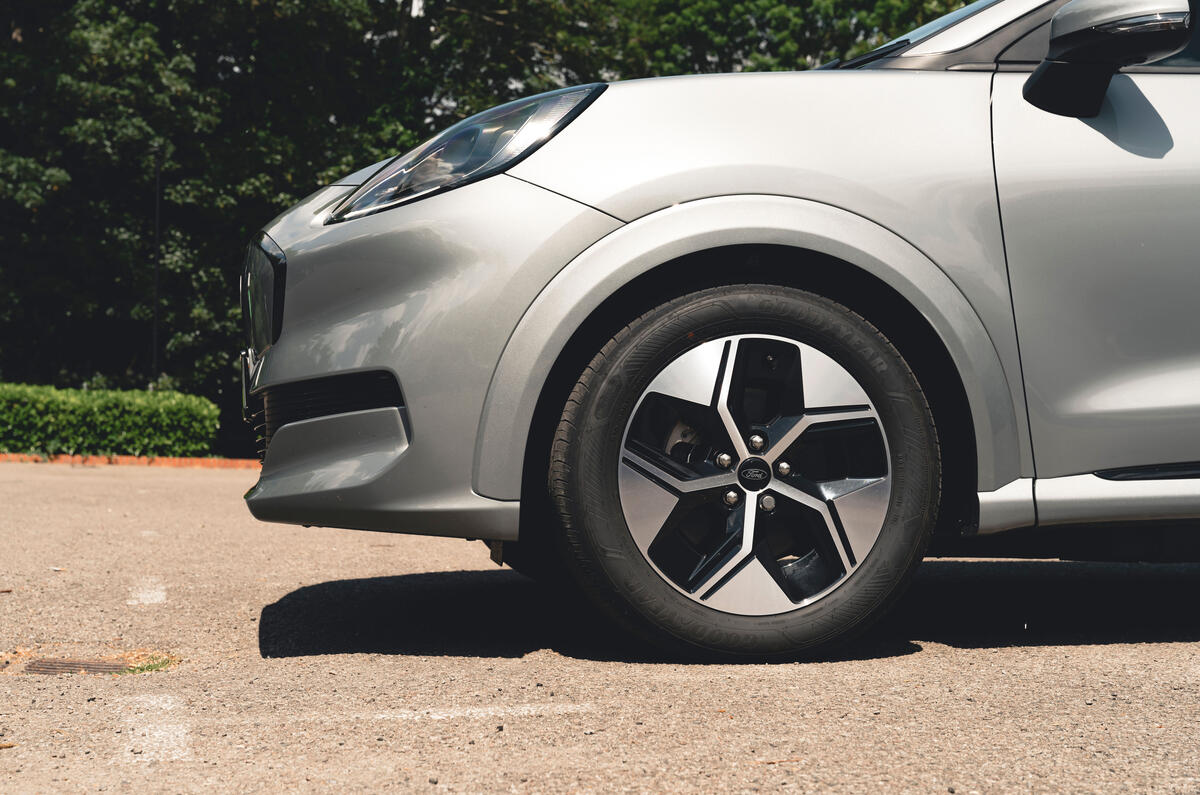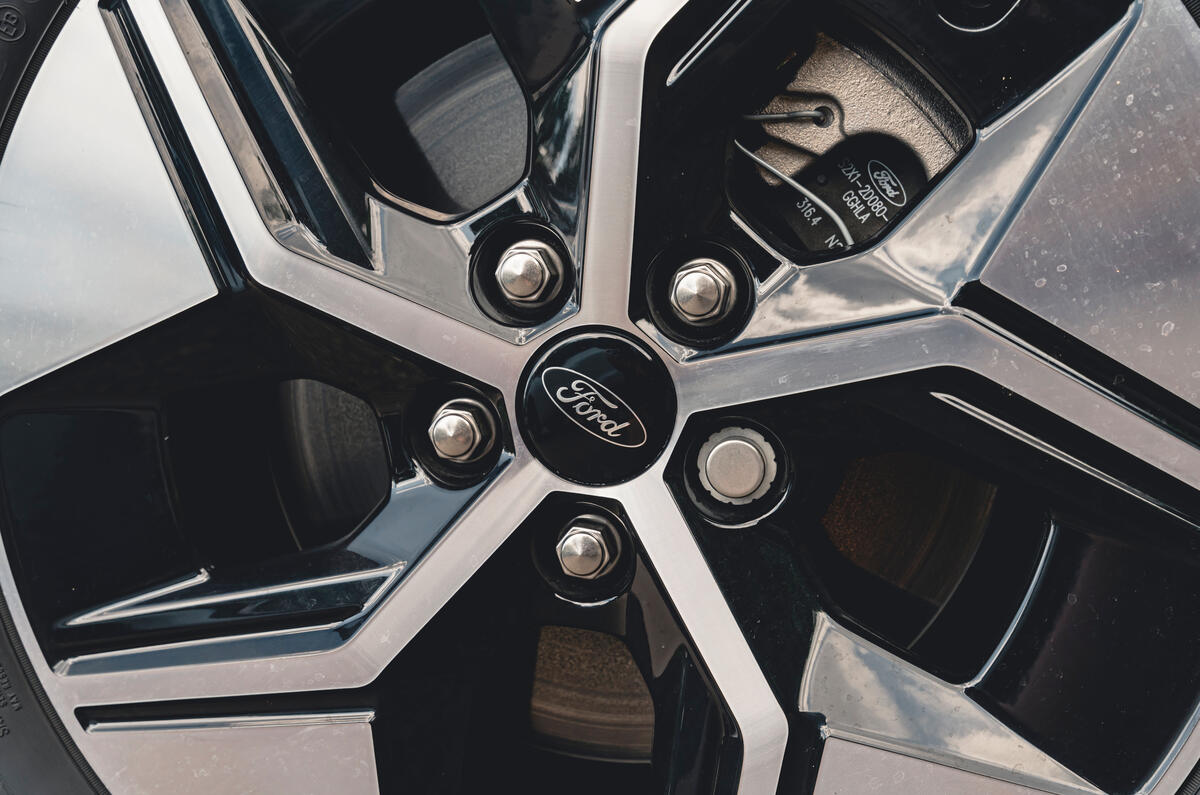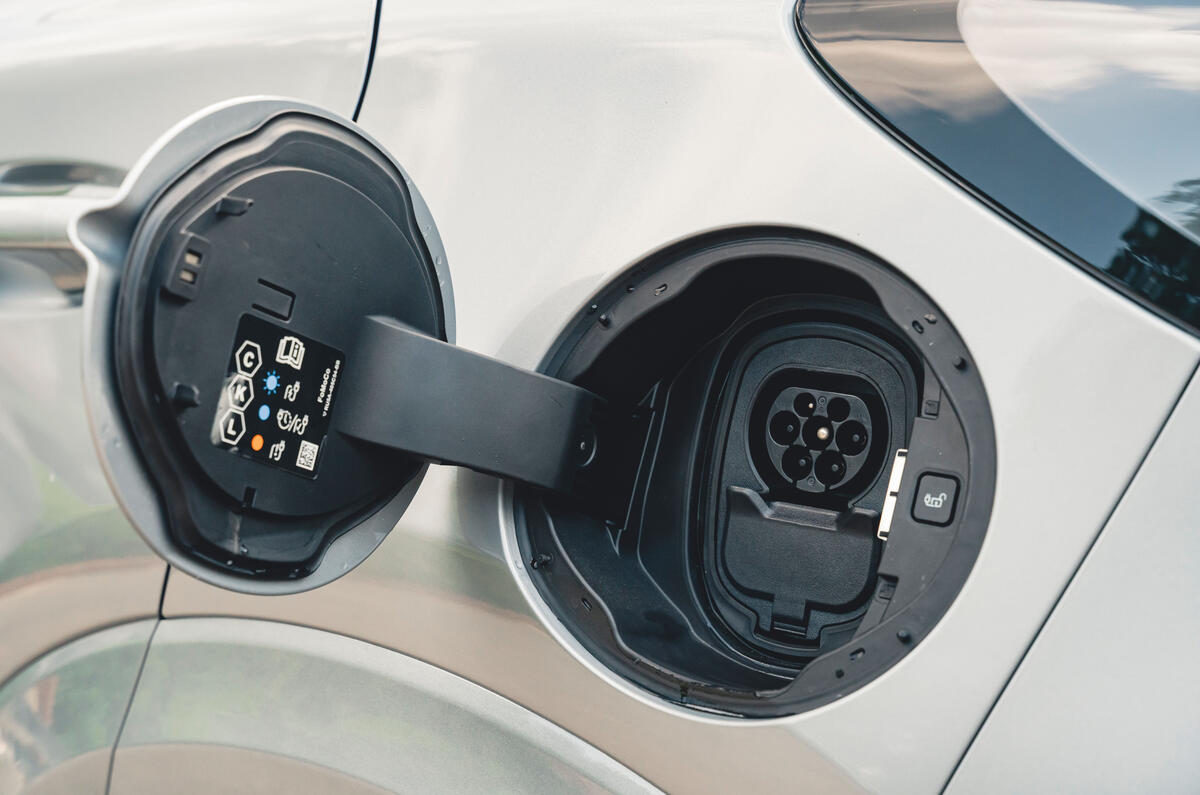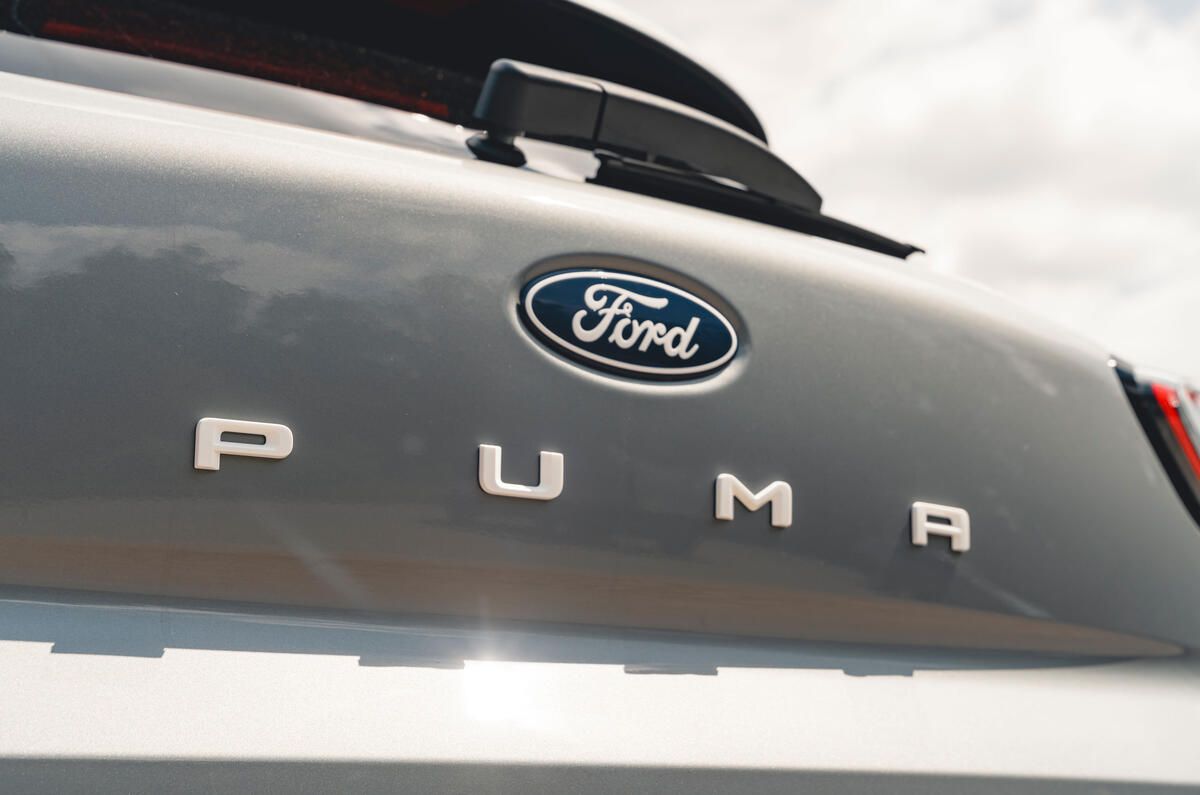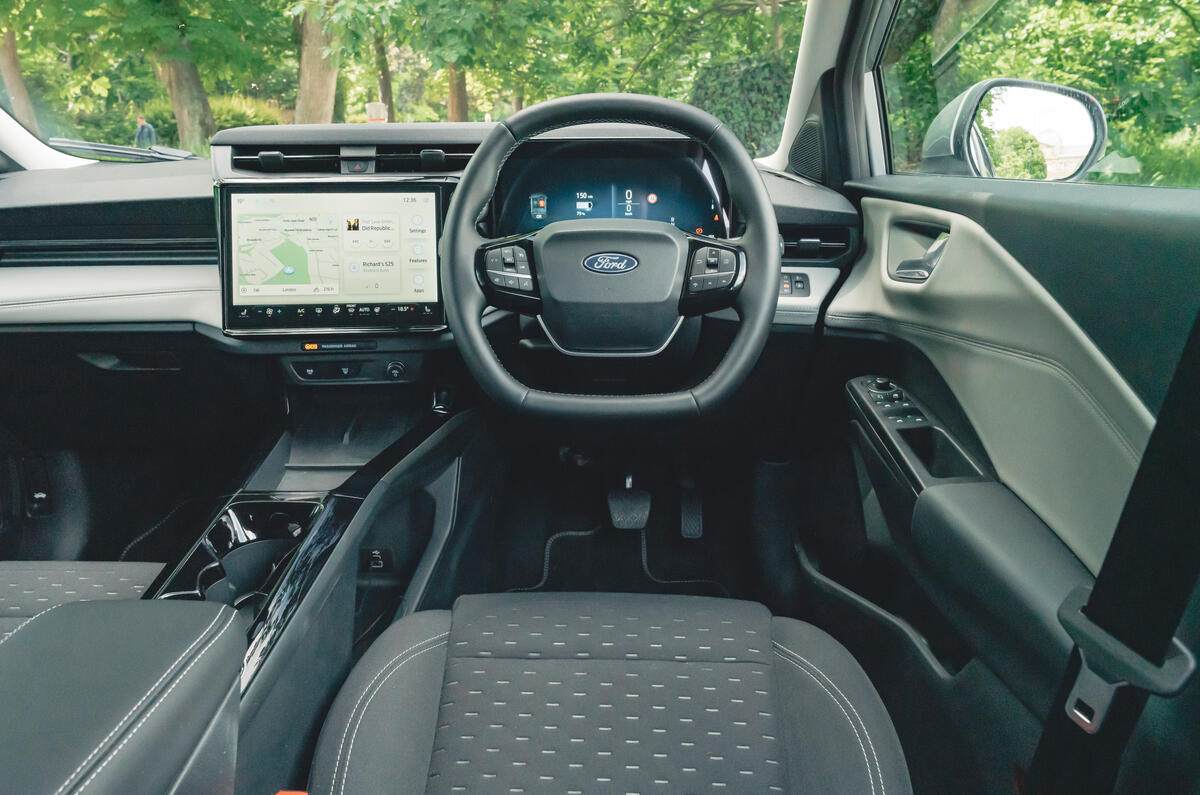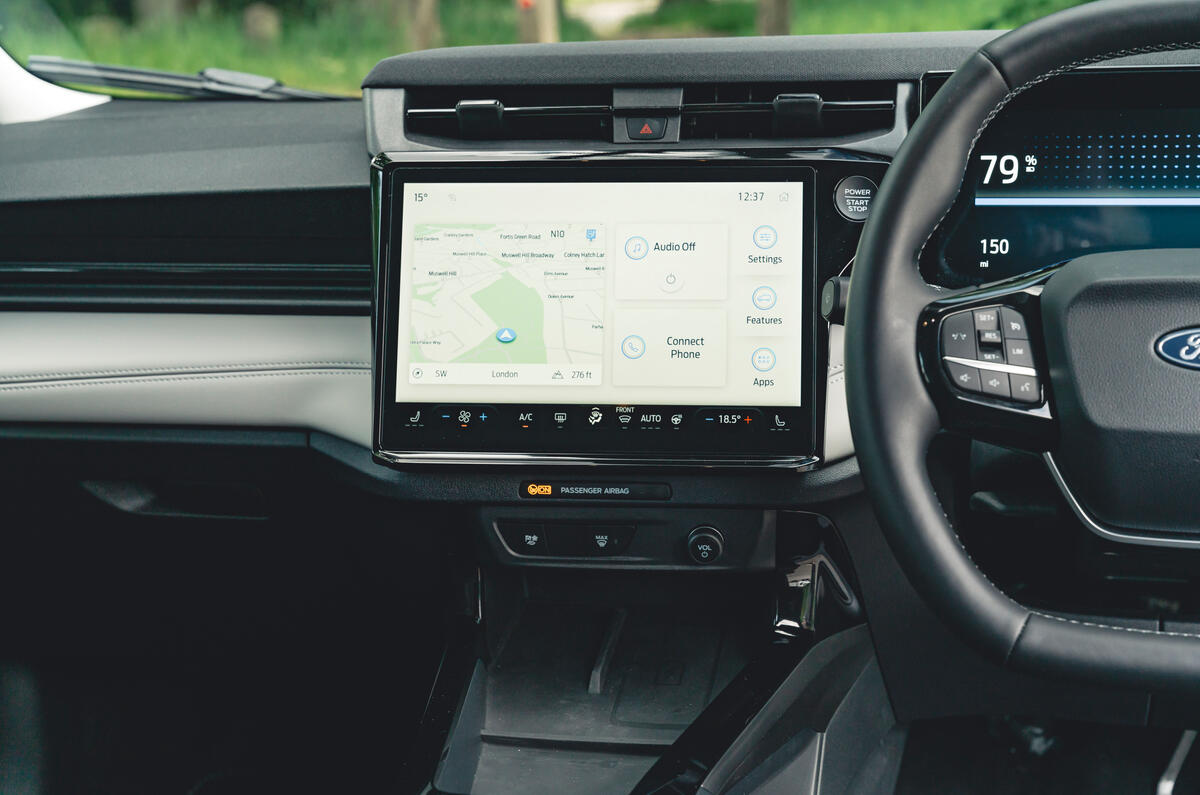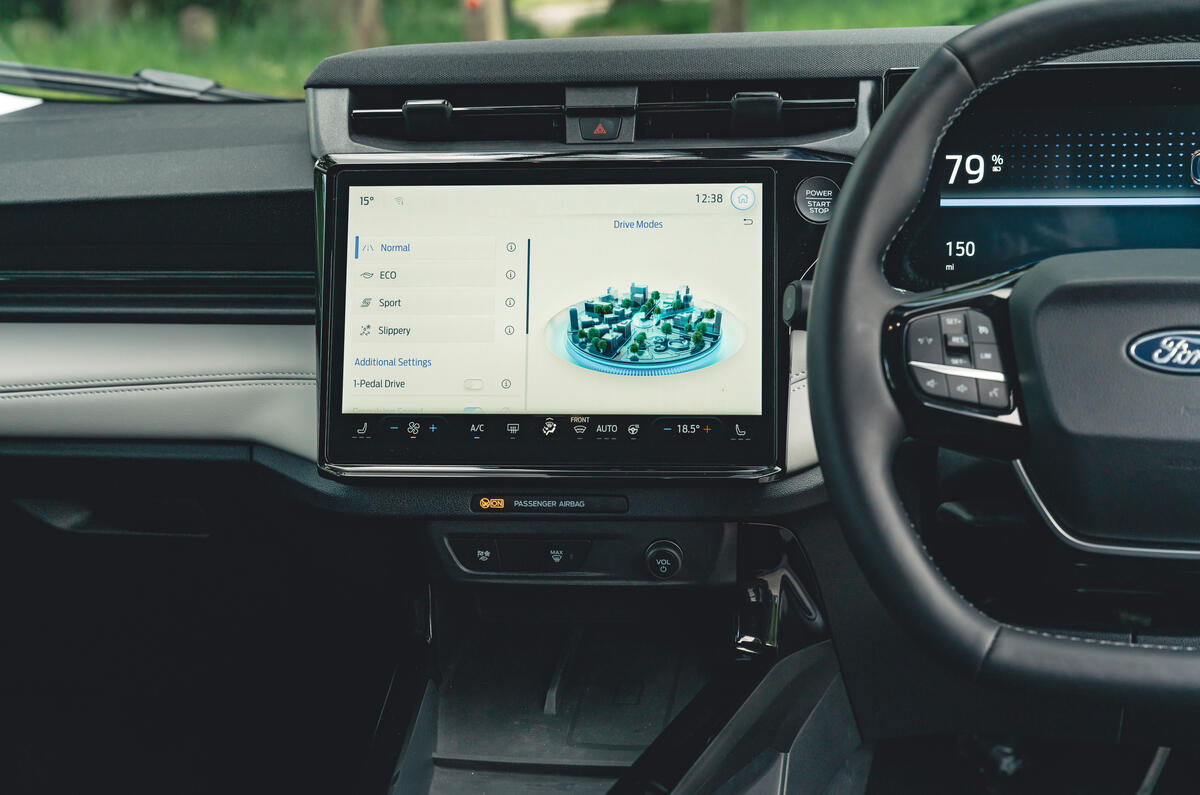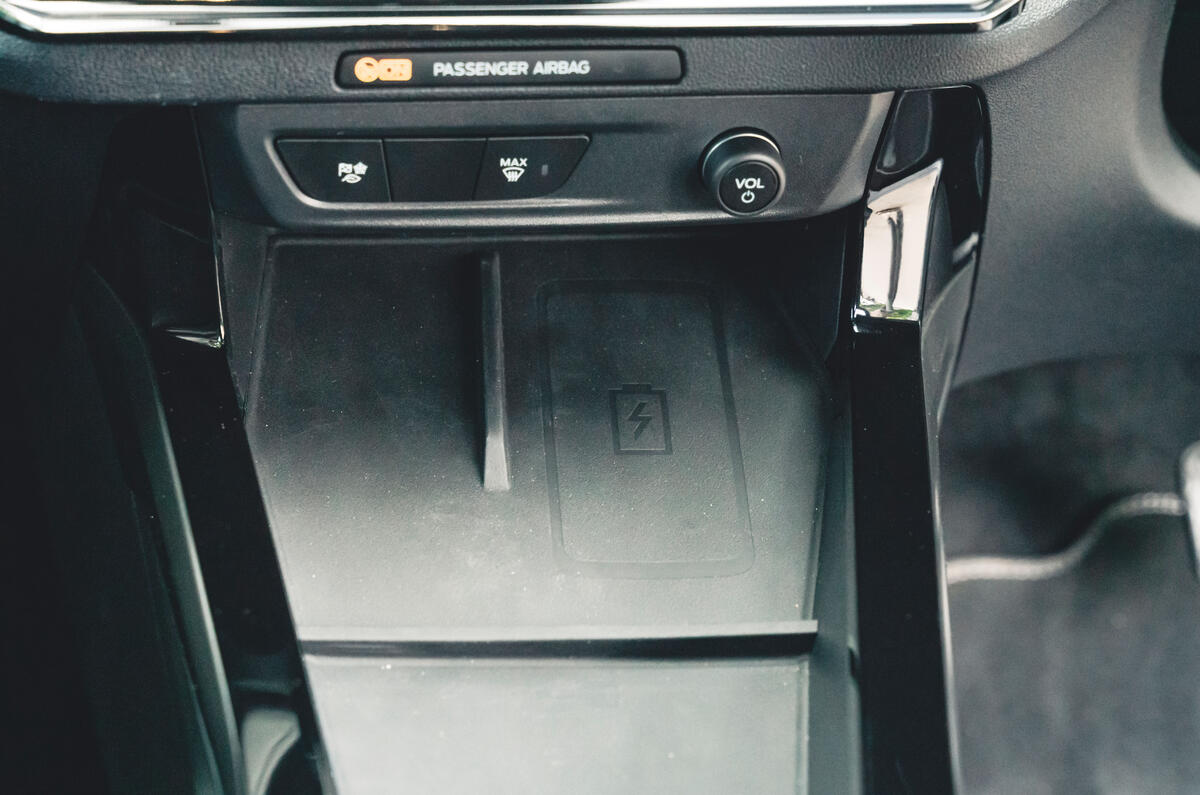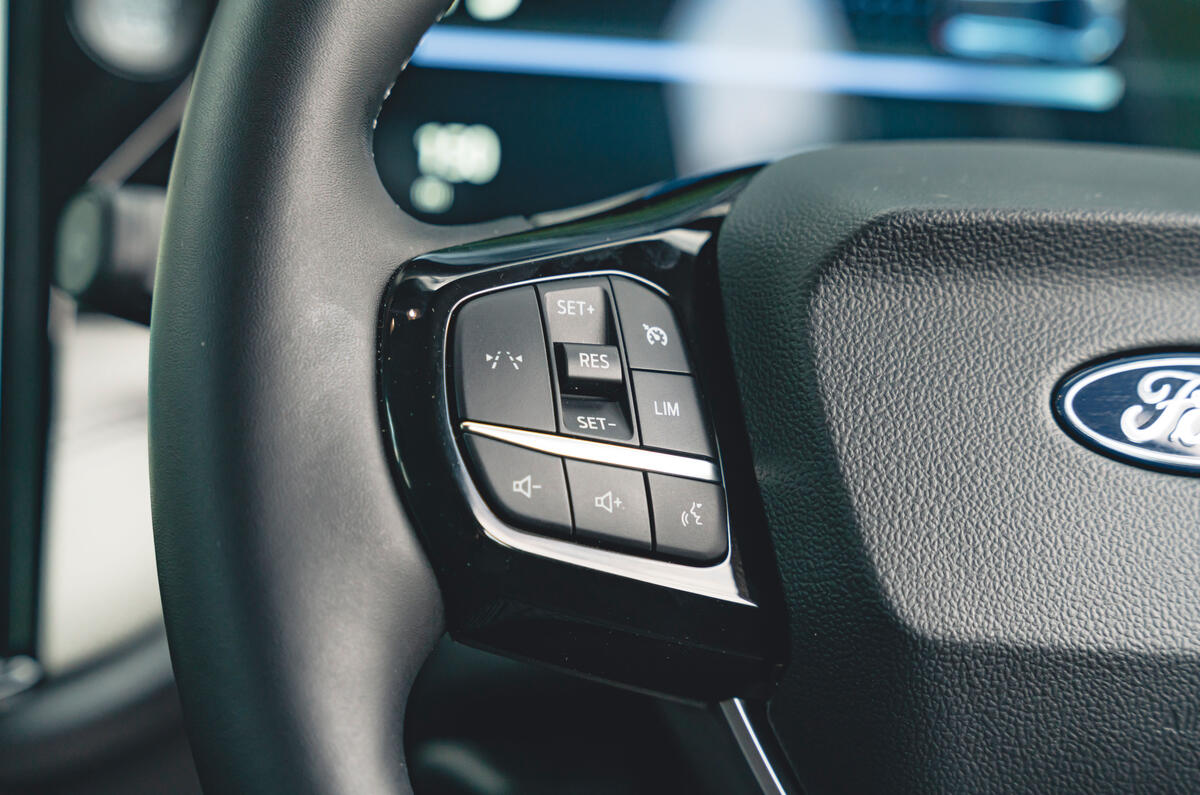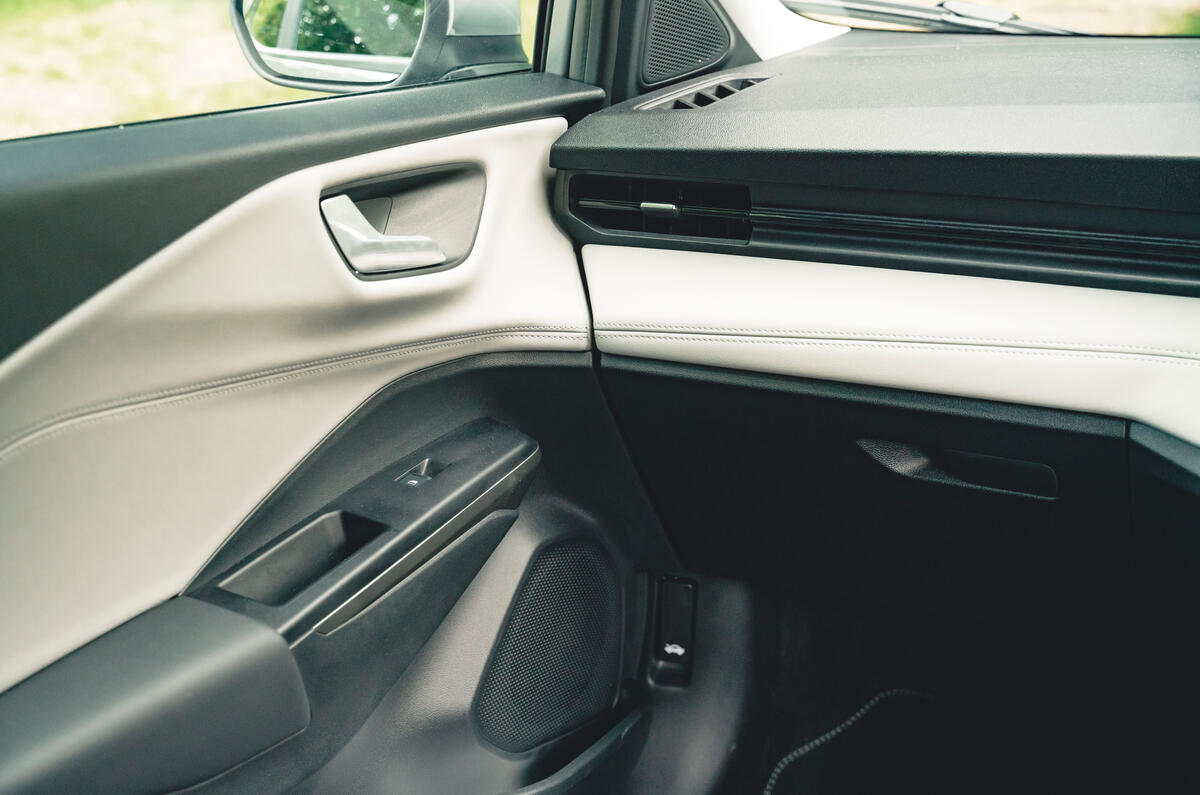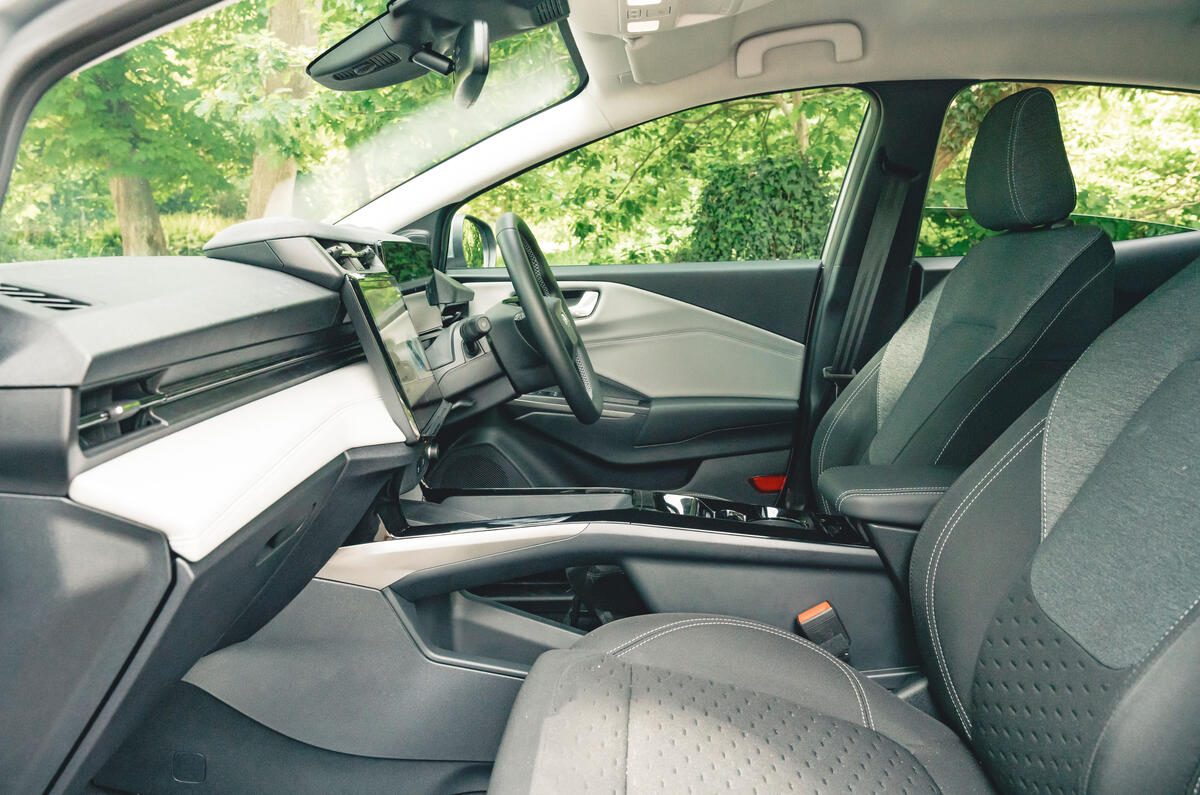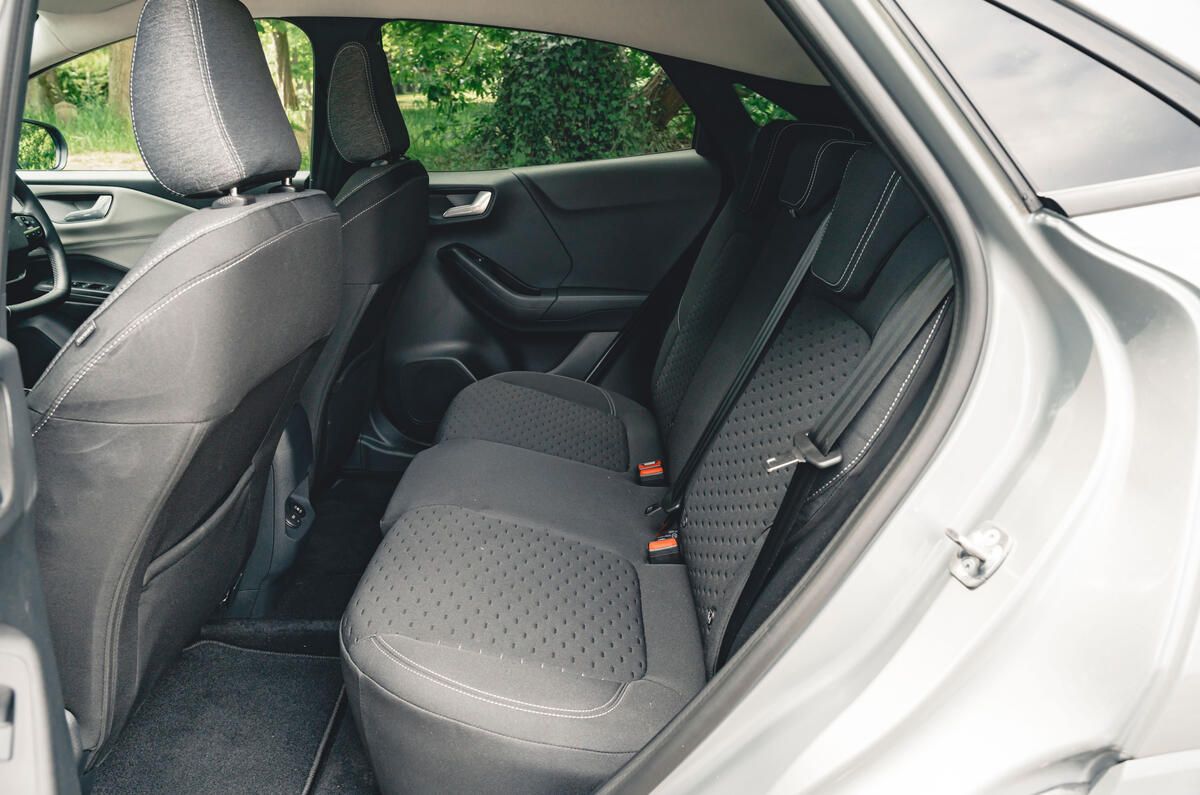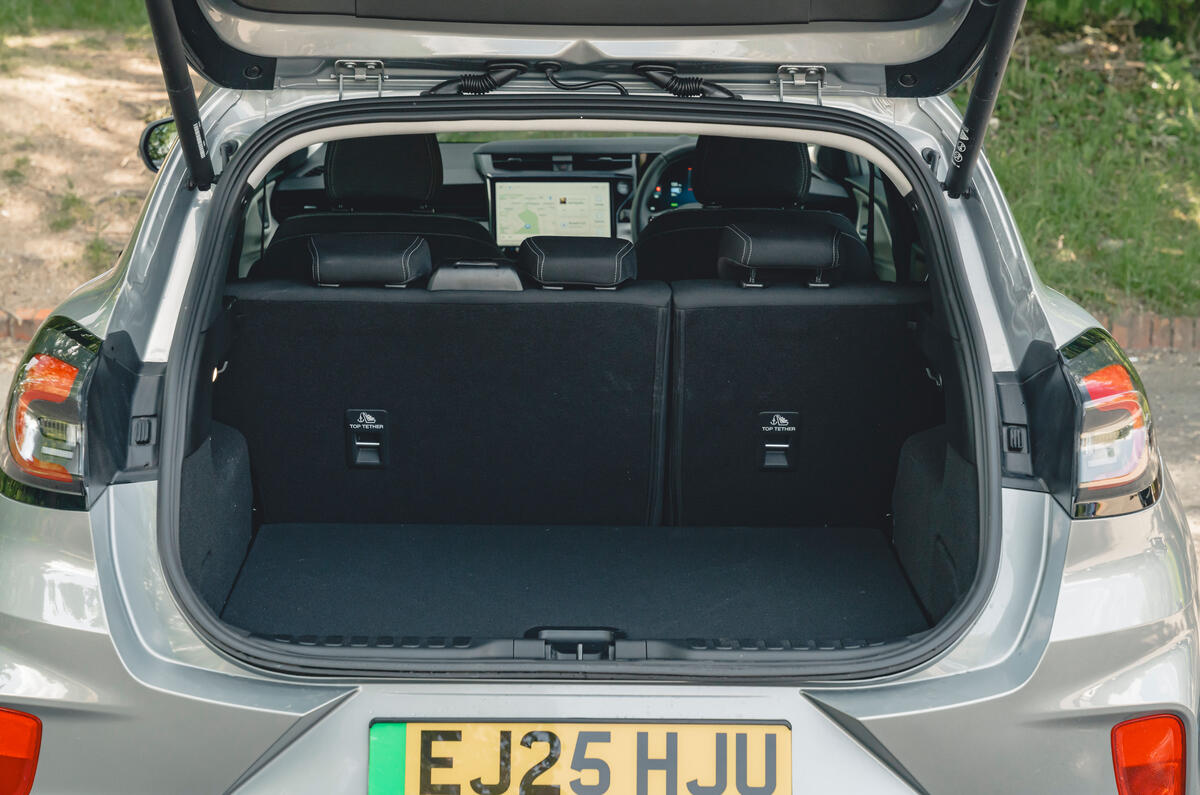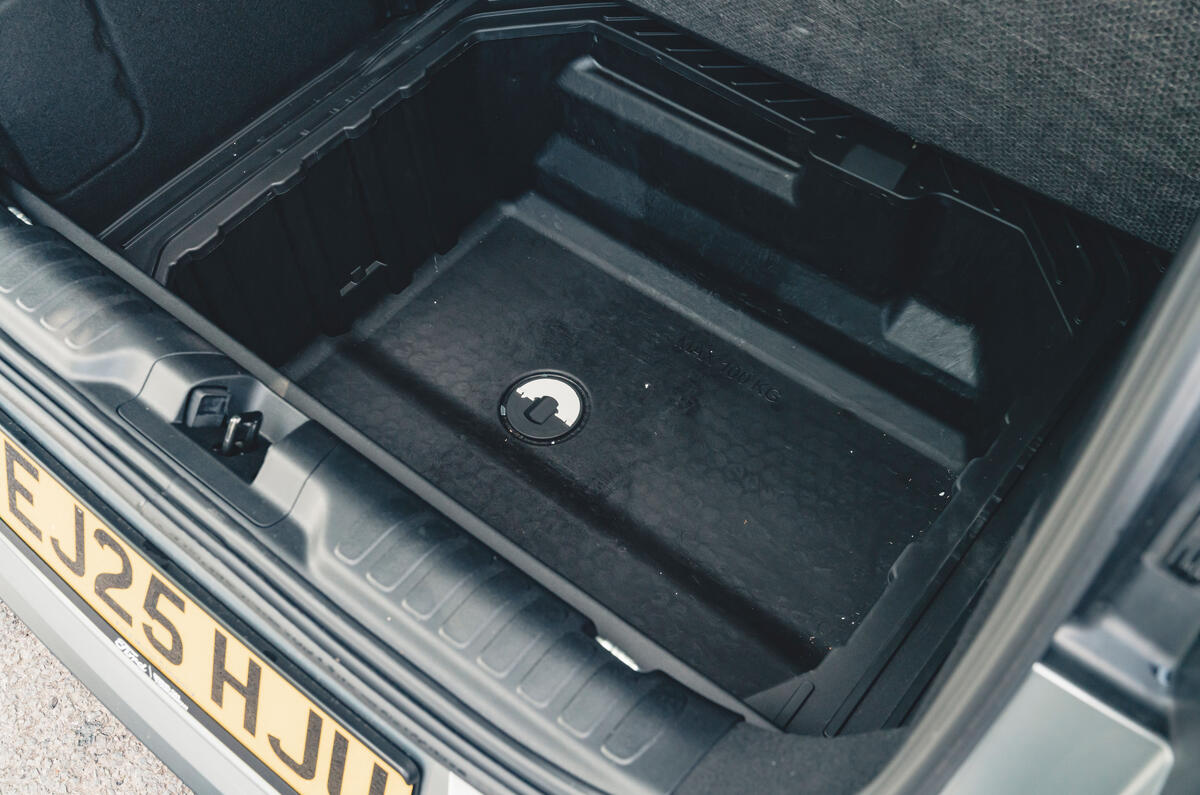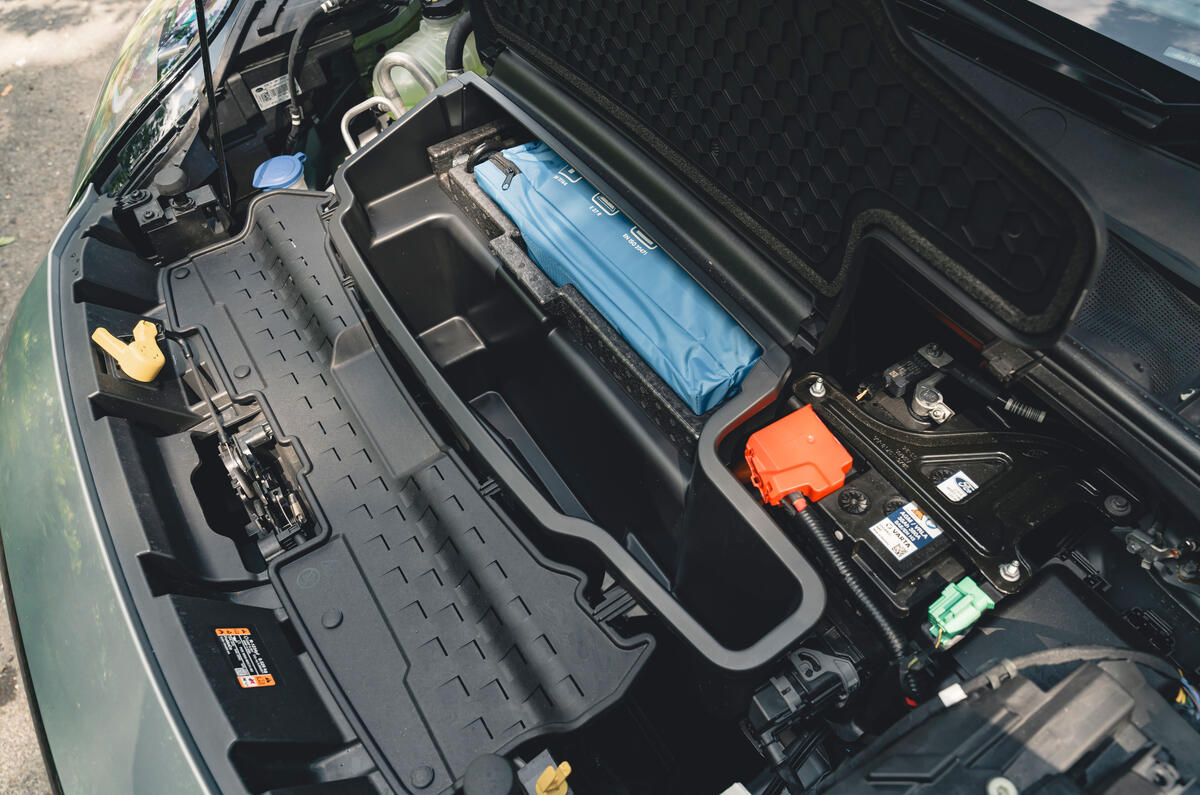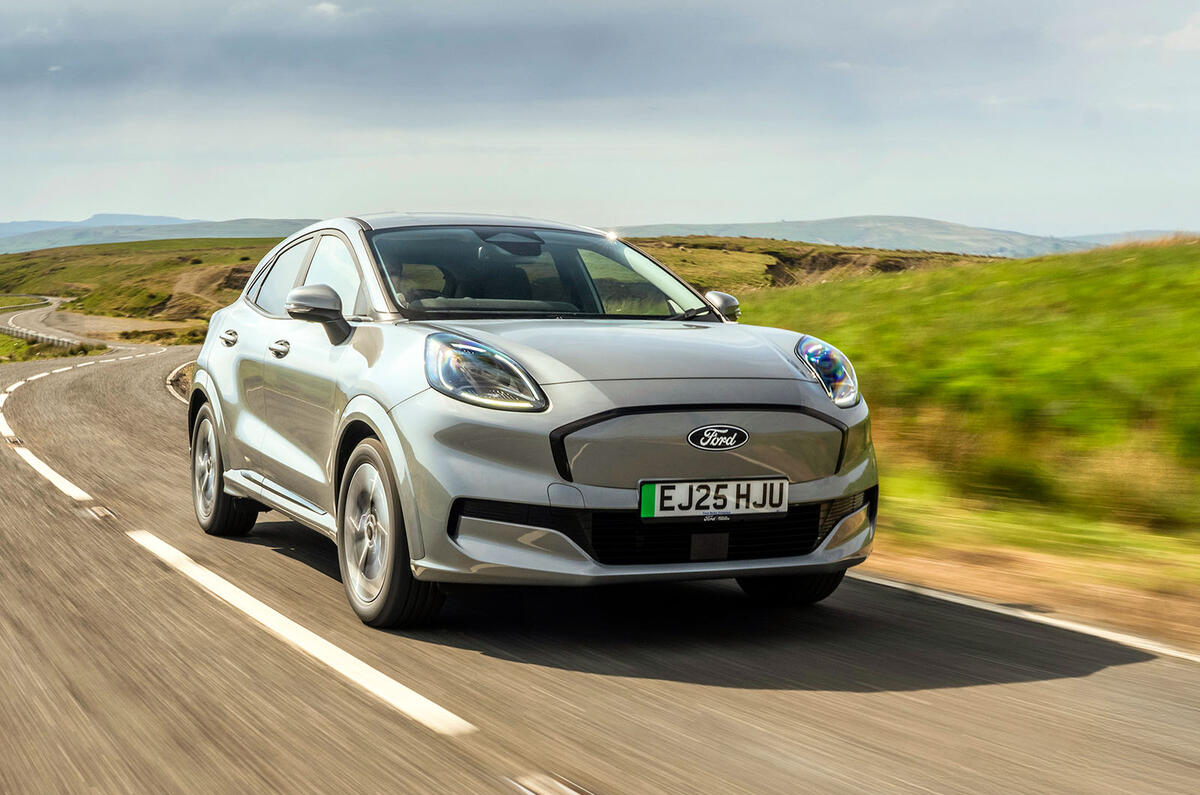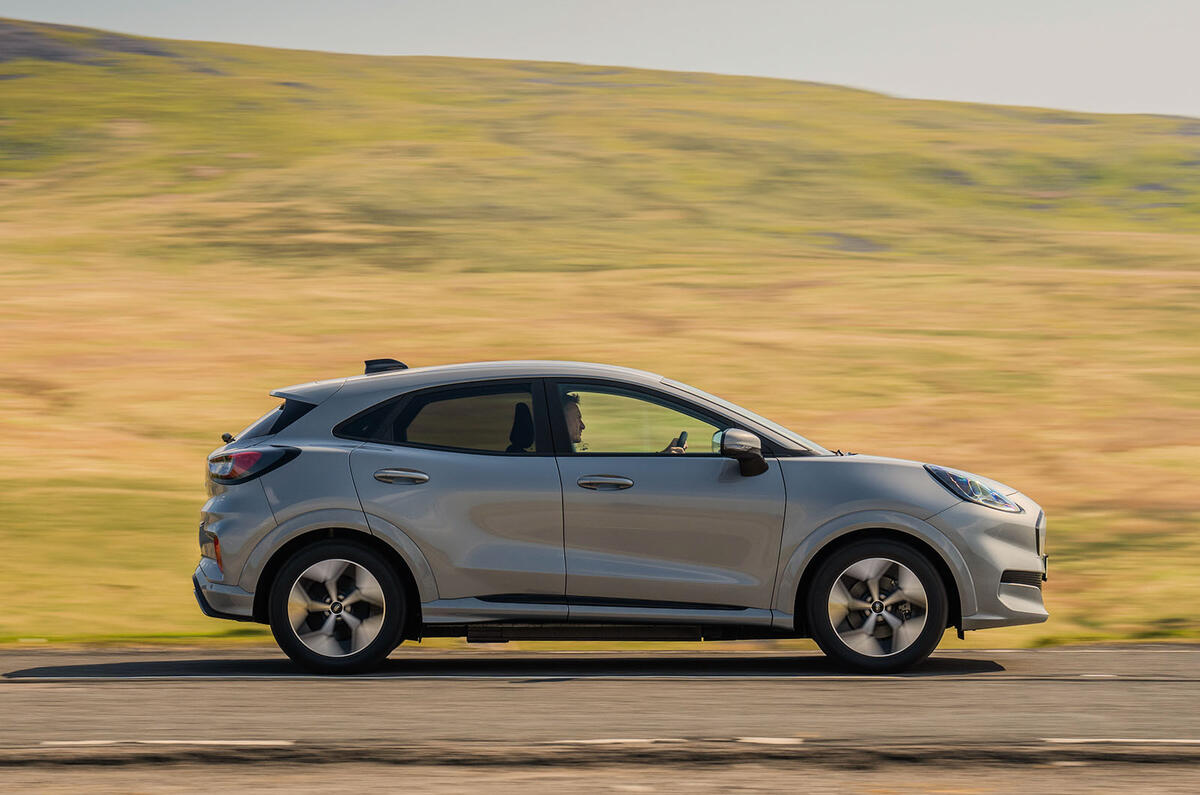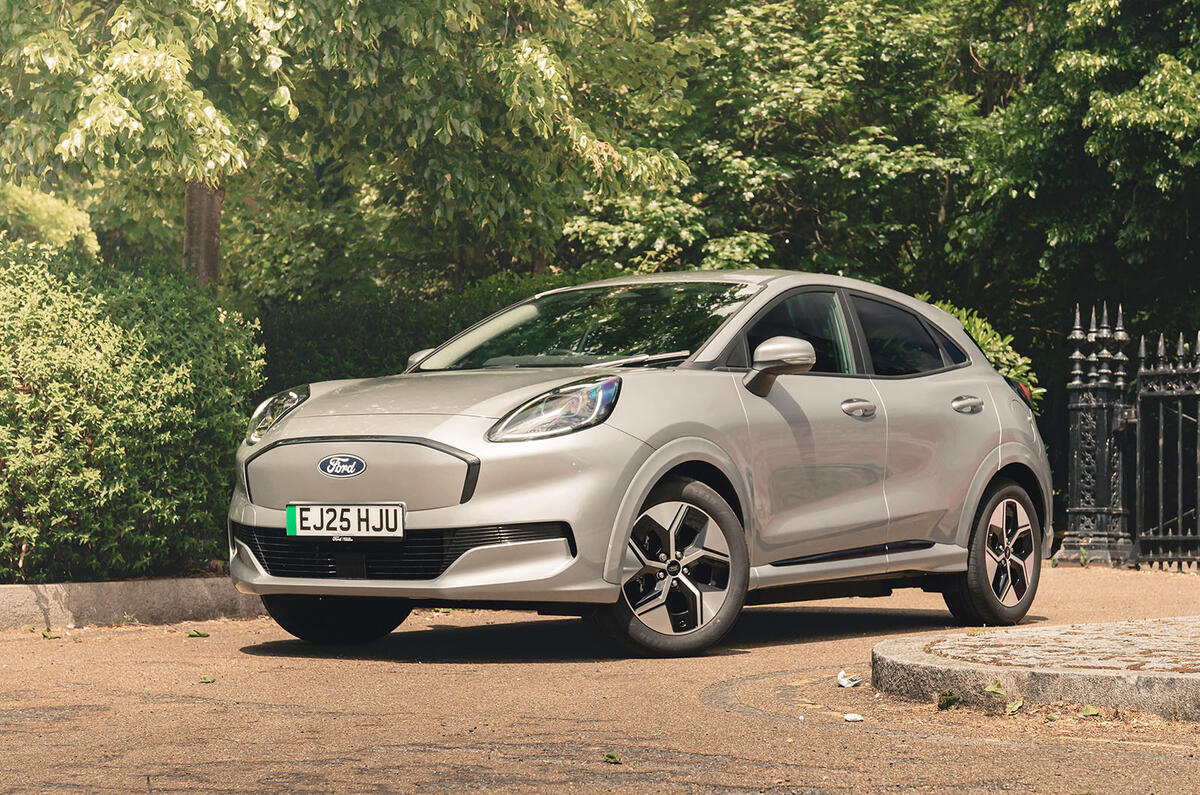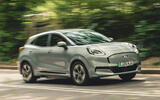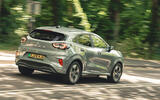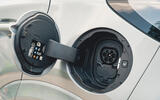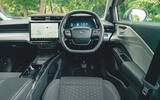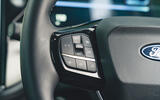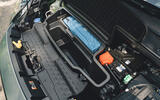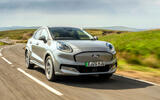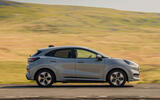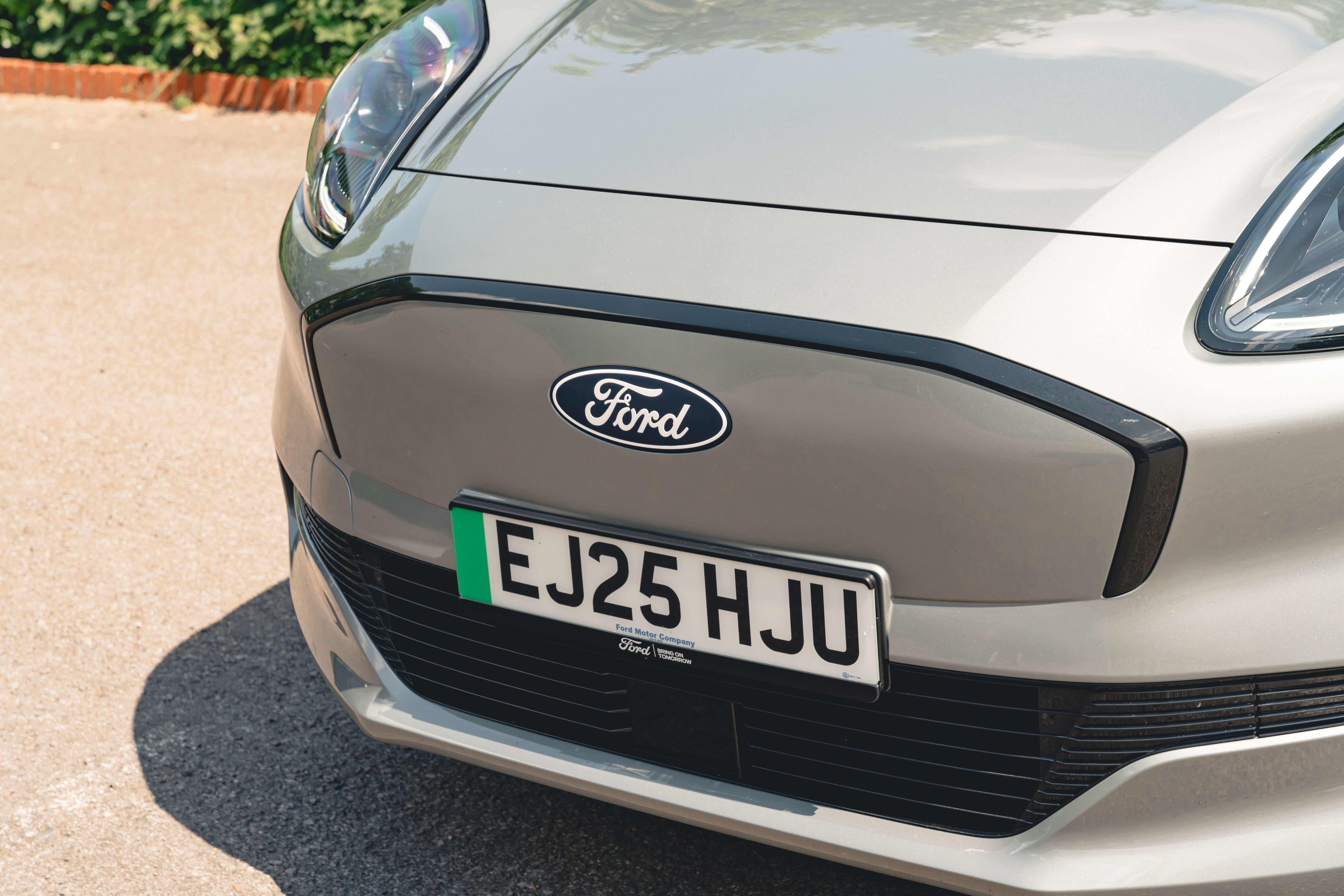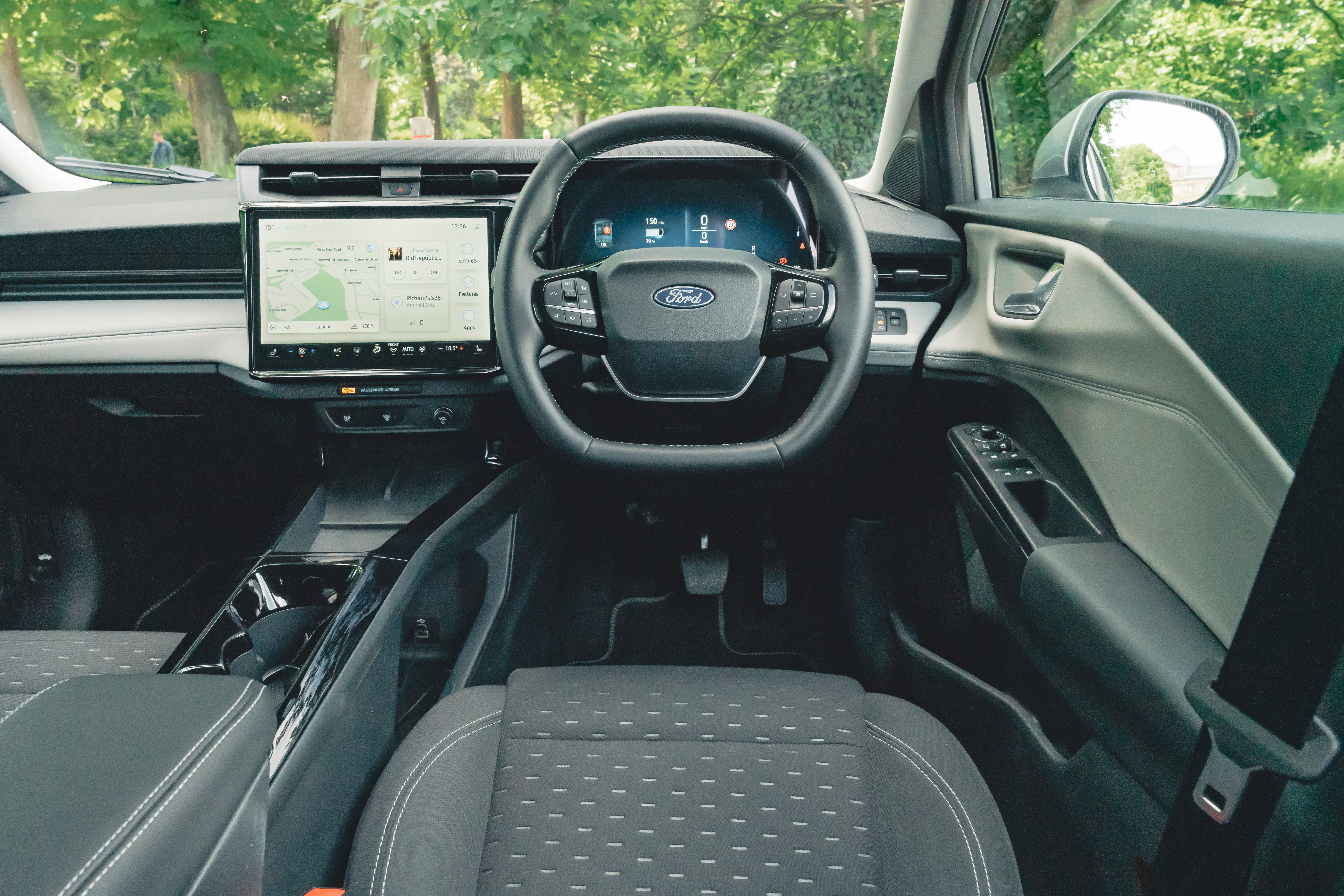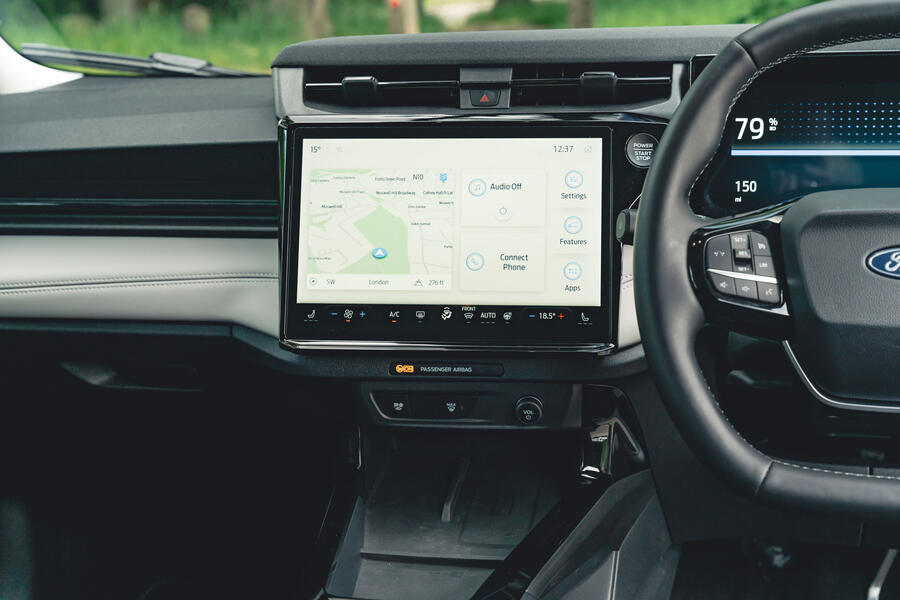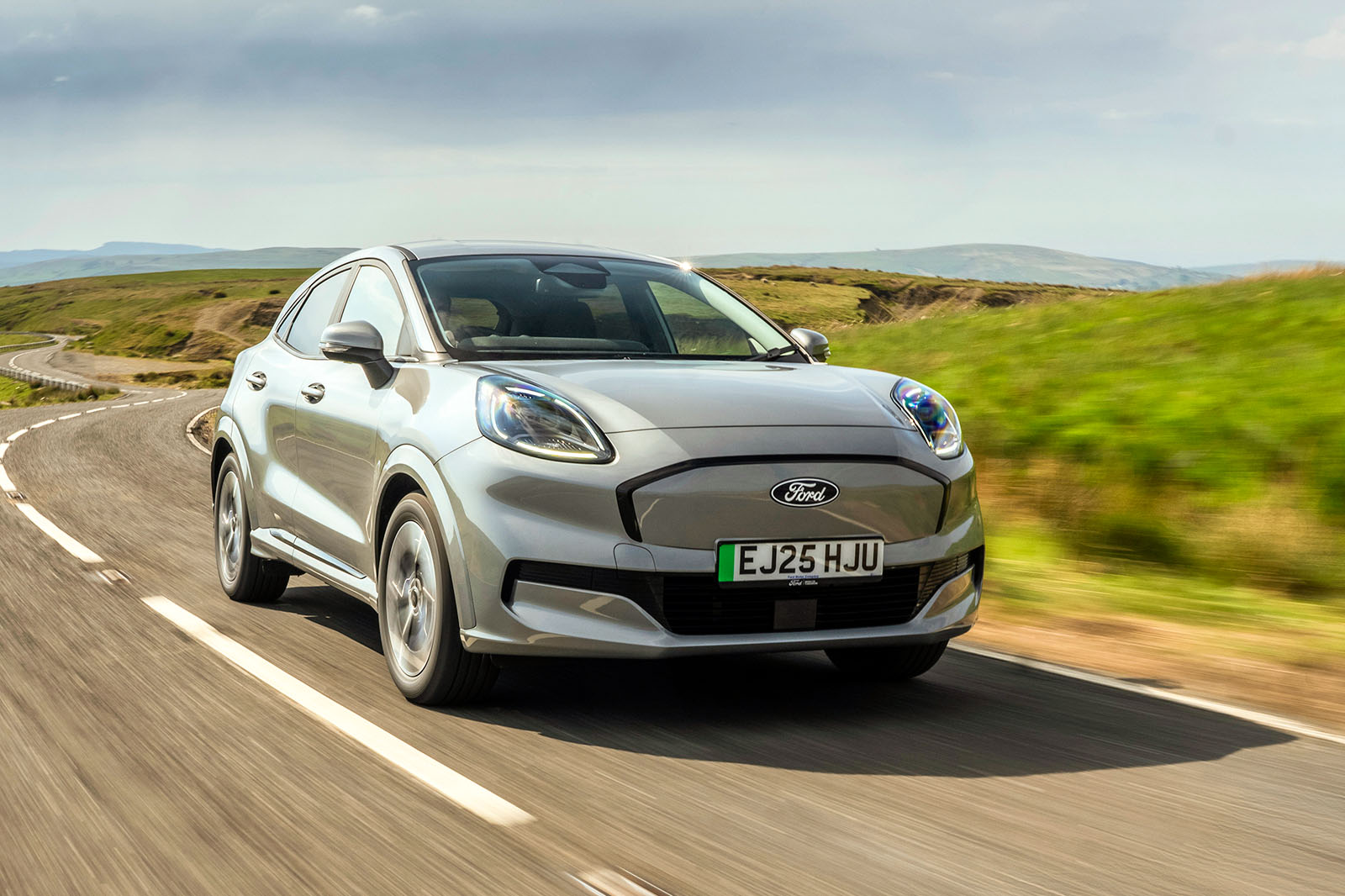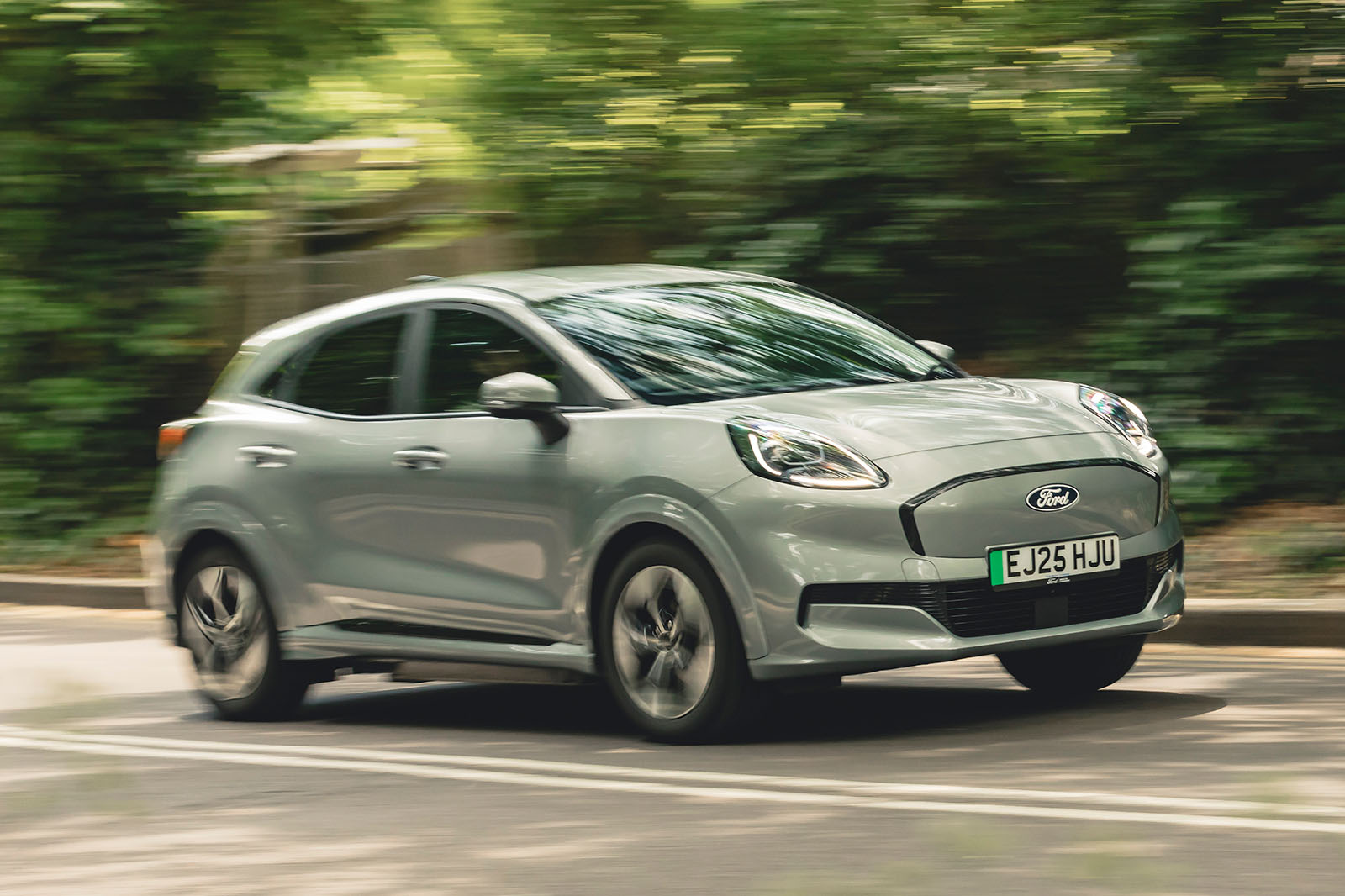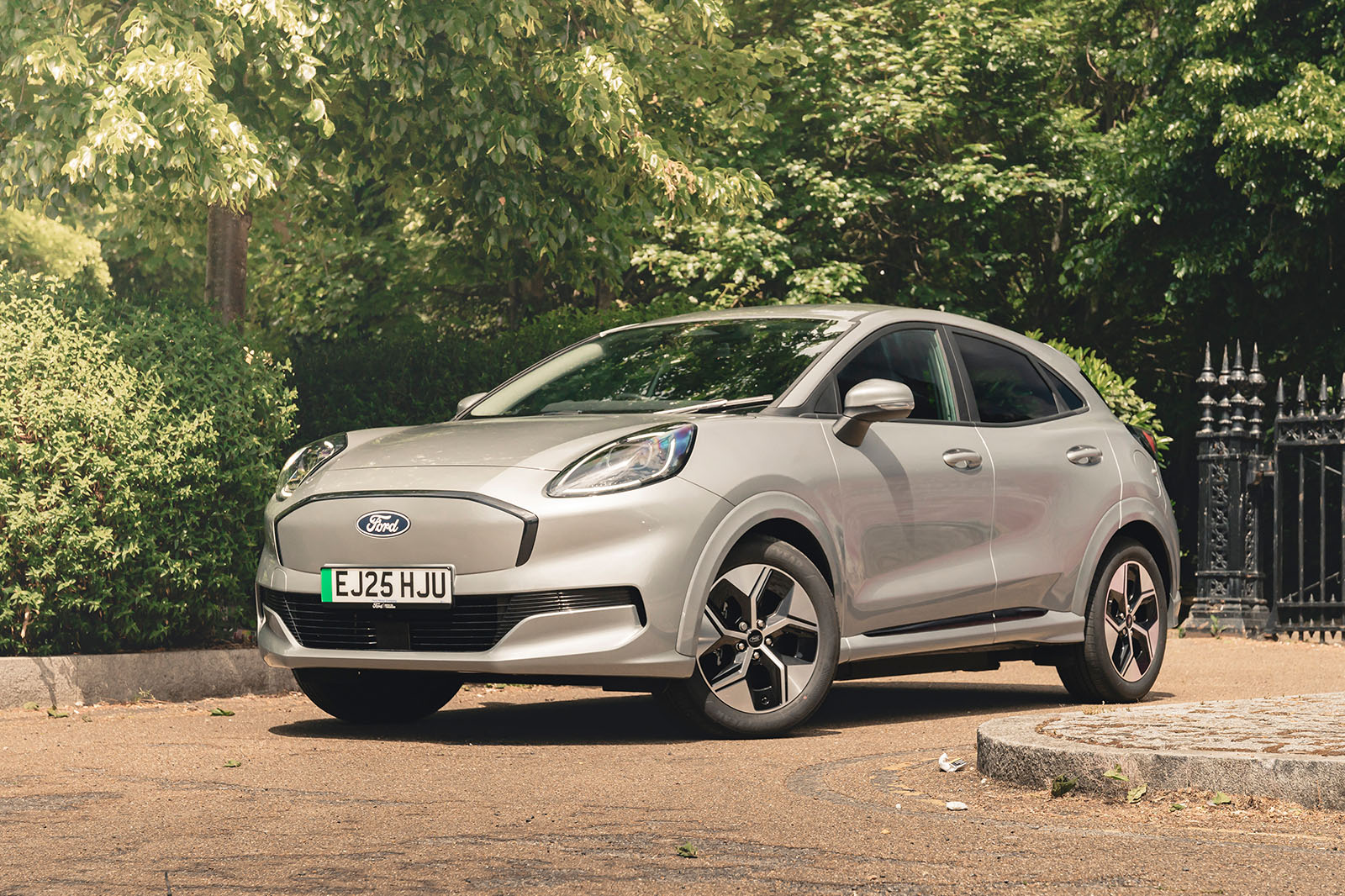Few of the many other cars we test in 2025 will carry the significance of this one.
Yes, the Ford Puma Gen-E is just another all-electric compact crossover, and there have been quite a few of those released in the past couple of years. But the difference here is that the combustion-engined version happens to be the UK’s best-selling car. We therefore know that the fundamental Ford Puma recipe is one that many people love, and Ford will be hoping those existing Puma owners will be among the first in line to swap petrol for electric.
It will be interesting to observe the extent to which that actually happens. The enormous popularity of the petrol Puma means this Gen-E model is something of a litmus test for broader attitudes toward EVs at the more affordable end of the market. Ford executives expect the Gen-E to make up 10-15% of total Puma sales, and if it’s less than that, we will know the reason lies not in the basic product but in the manner of its propulsion. You can rest assured that other competitors in this class, and also beyond, will be taking notes.
Of course, the Puma Gen-E is also pivotal to Ford, whose EV roll-out hasn’t been straightforward. Its first full-blooded EV, the Mustang Mach-E, was not without merit but was expensive. Next up was the Explorer – a serviceable family EV spun off the platform used by the Volkswagen ID 4 and therefore without much real Ford DNA in it. As much became apparent when we drove one. The dynamic package didn’t have that sparkle about it, as the Focus – the car the Explorer is all but superseding – always did.
It means the Puma Gen-E is only the second serious, fully in-house EV Ford has made (we’re excluding the toe-in-the-water Focus Electric of 2011 and the much more esoteric F-150 Lightning here). It arrives not before time too. Other car makers have had footholds in the small EV arena for some time and the Puma’s rivals now include the Jeep Avenger, the Skoda Elroq, the Smart #1, the sizeable MG S5 EV and the more premium Volvo EX30, not to mention the formidable Renault 5 and the Kia EV3. Some of these cars undercut the Puma Gen-E’s £29,995 starting price, while others justify their higher cost with extra space and some degree of opulence.


